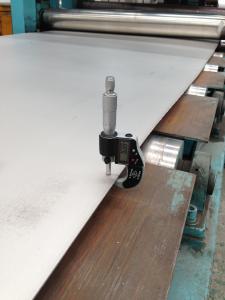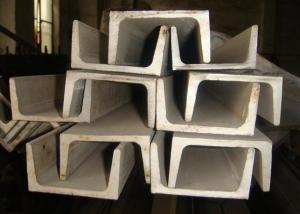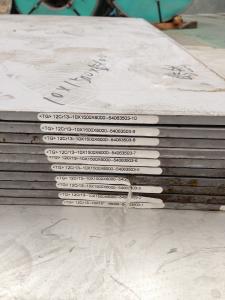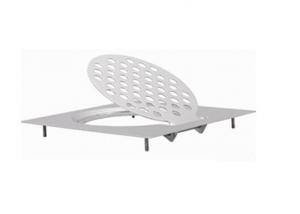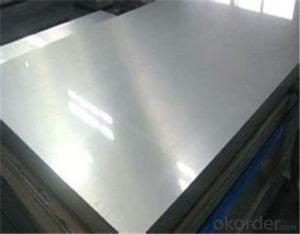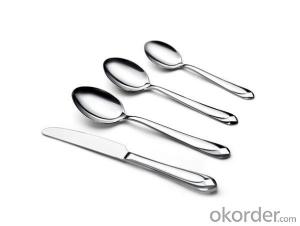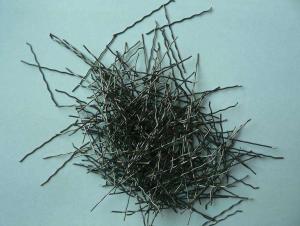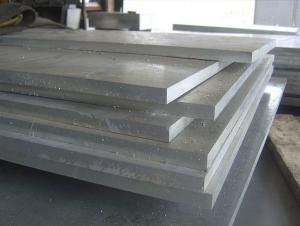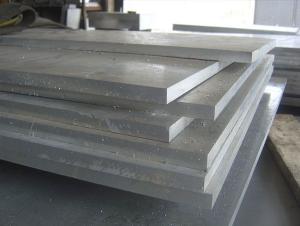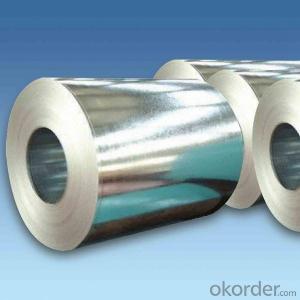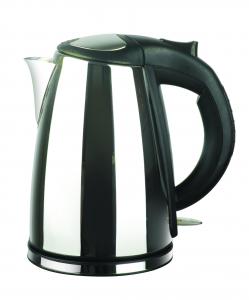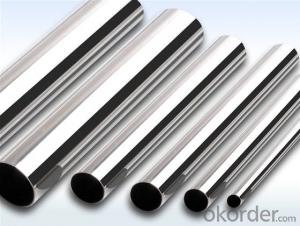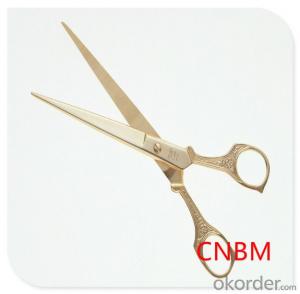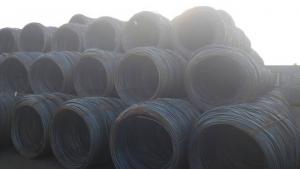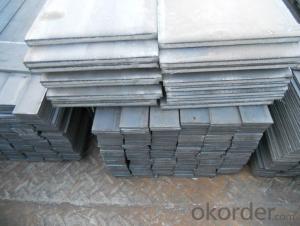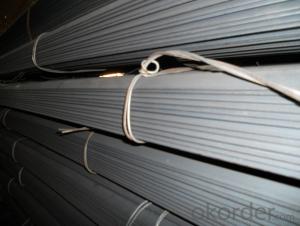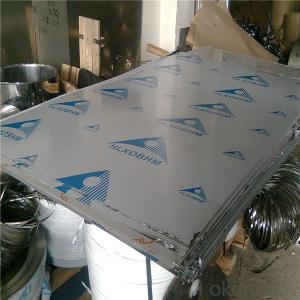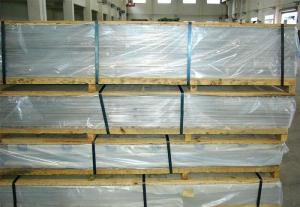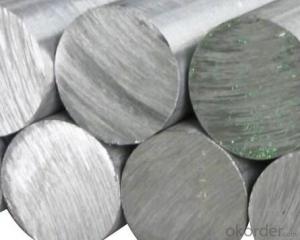Best Stainless Steel Grades
Best Stainless Steel Grades Related Searches
Grades Of Stainless Steel Stainless Steel Grade Stainless Steel Grades Chart Stainless Steel Grade Chart Types Of Stainless Steel Grades Stainless Steel Ratings Best Stainless Steel Grades Of Stainless Steel Chart Marine Stainless Steel Grades Stainless Steel Quality Food Grade Stainless Steel Cold Rolled Steel Grades Best Stainless Steel For Knives Medical Grade Stainless Steel Marine Grade Stainless Steel 304 Stainless Steel Food Grade Stainless Steel Prices Sg Cast Iron Grades Grade 304 Stainless Steel Stainless Steel Strength Density Of Stainless Steel Best Stainless Steel Trash Can Stainless Steel Numbers Stainless Steel Weights Best Paint For Stainless Steel Stainless Steel Density Surgical Grade Stainless Steel Stainless Steel Conductivity Types Of Stainless Steel Type Of Stainless SteelBest Stainless Steel Grades Supplier & Manufacturer from China
Best Stainless Steel Grades encompass a wide range of high-quality stainless steel products that are known for their durability, corrosion resistance, and versatility. These grades are widely used in various industries such as construction, automotive, aerospace, and food processing, among others. The diverse applications and usage scenarios of Best Stainless Steel Grades make them an essential material in numerous manufacturing processes and everyday products. Their ability to withstand harsh conditions and maintain their integrity over time has made them a popular choice for many businesses and consumers alike.Okorder.com is a reputable wholesale supplier of Best Stainless Steel Grades, offering a vast inventory of these premium materials to cater to the needs of various industries. With a commitment to providing top-notch products and exceptional customer service, Okorder.com has established itself as a reliable source for businesses seeking the best stainless steel grades. By maintaining a large inventory, they ensure that customers have access to the materials they need, when they need them, without compromising on quality or performance. This makes Okorder.com an ideal partner for businesses looking to incorporate Best Stainless Steel Grades into their products and projects.
Hot Products
